Category: Techniques
-
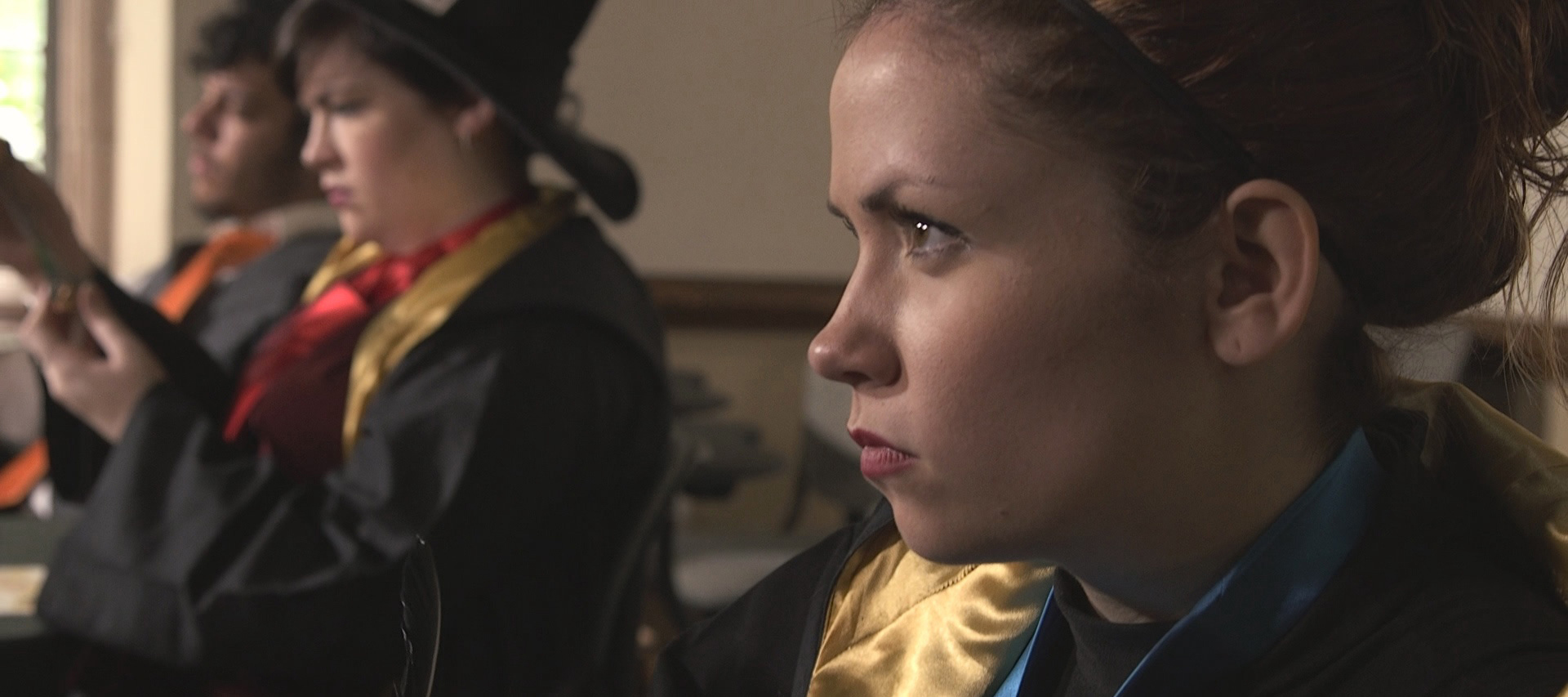
Creating Play in the Magical Classroom: Part 6
in
Most of the larp (but especially the last six hours of the game, when every remaining plot-line is culminating at the same time) will be great for students riding their respective plot trains, and an incoherent mess for anyone with some overview of the situation. (That’s people like you, because students will run up to…
-
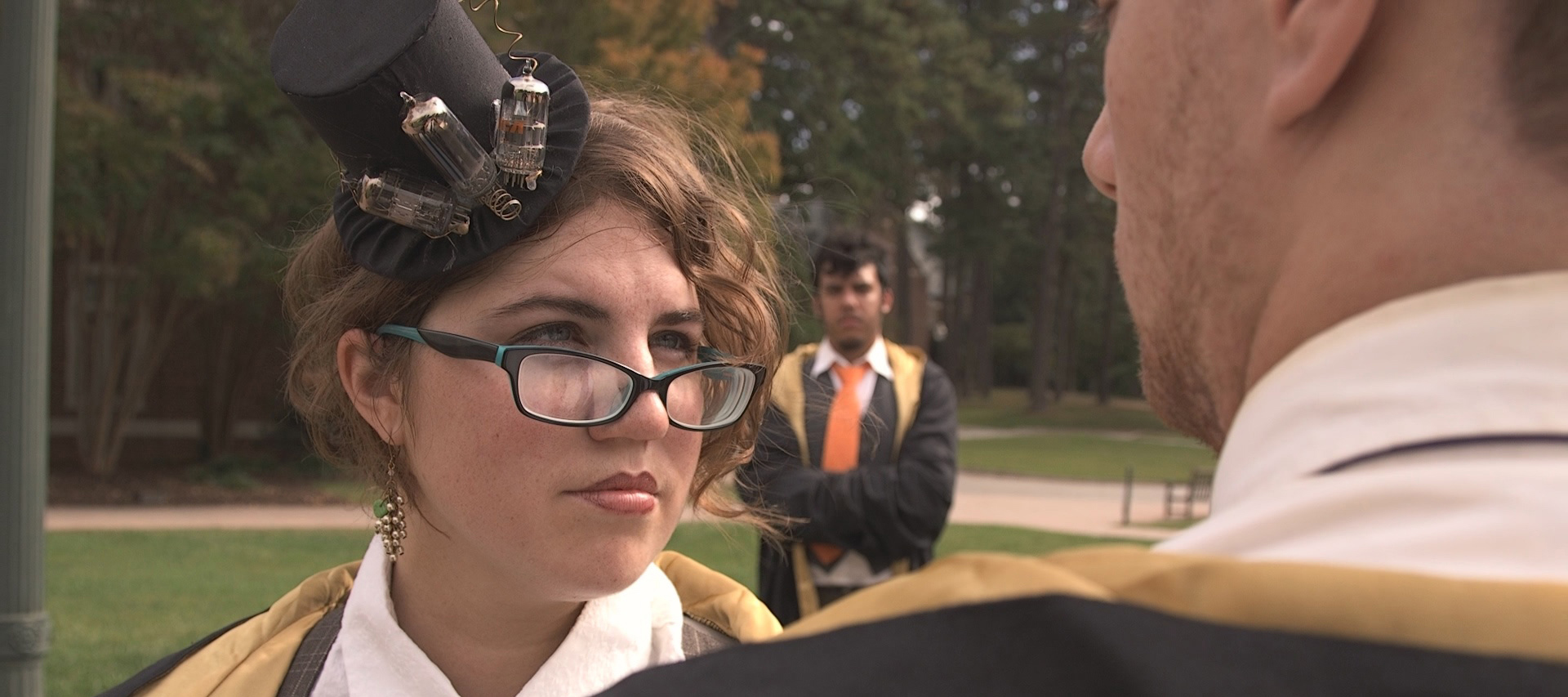
Creating Play in the Magical Classroom: Part 5
in
In this series, we have had lots of examples of what is encouraged play for professors. Here are a few examples of discouraged play. Professors sit in a position of authority and players (and characters) will be conditioned to obey them. This is good to an extent — the game needs to function and having…
-
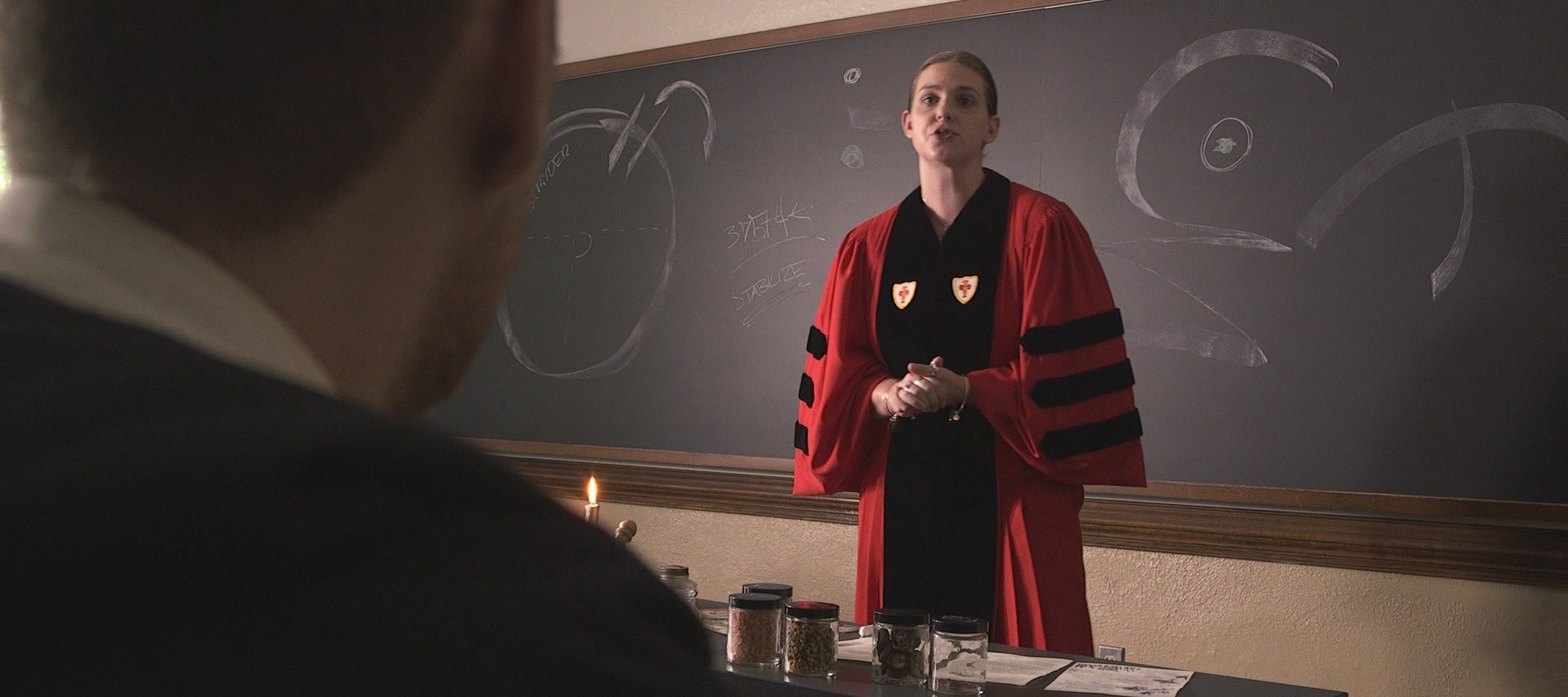
Creating Play in the Magical Classroom: Part 4
in
Magic school professors are inevitably strong characters. Whatever they are, they are to the extreme. Super wise, or bitter, or dotty, or eccentric. Actually, most of you can be eccentric, that just adds to the game.
-

Creating Play in the Magical Classroom: Part 3
in
As discussed in the previous section, a good class will provide players with something useful for the game as a whole: a deeper understanding of their own character, an opportunity to develop the relationships between their characters, knowledge or gossip that is actionable in the game, or a tool or a skill to bring into…
-
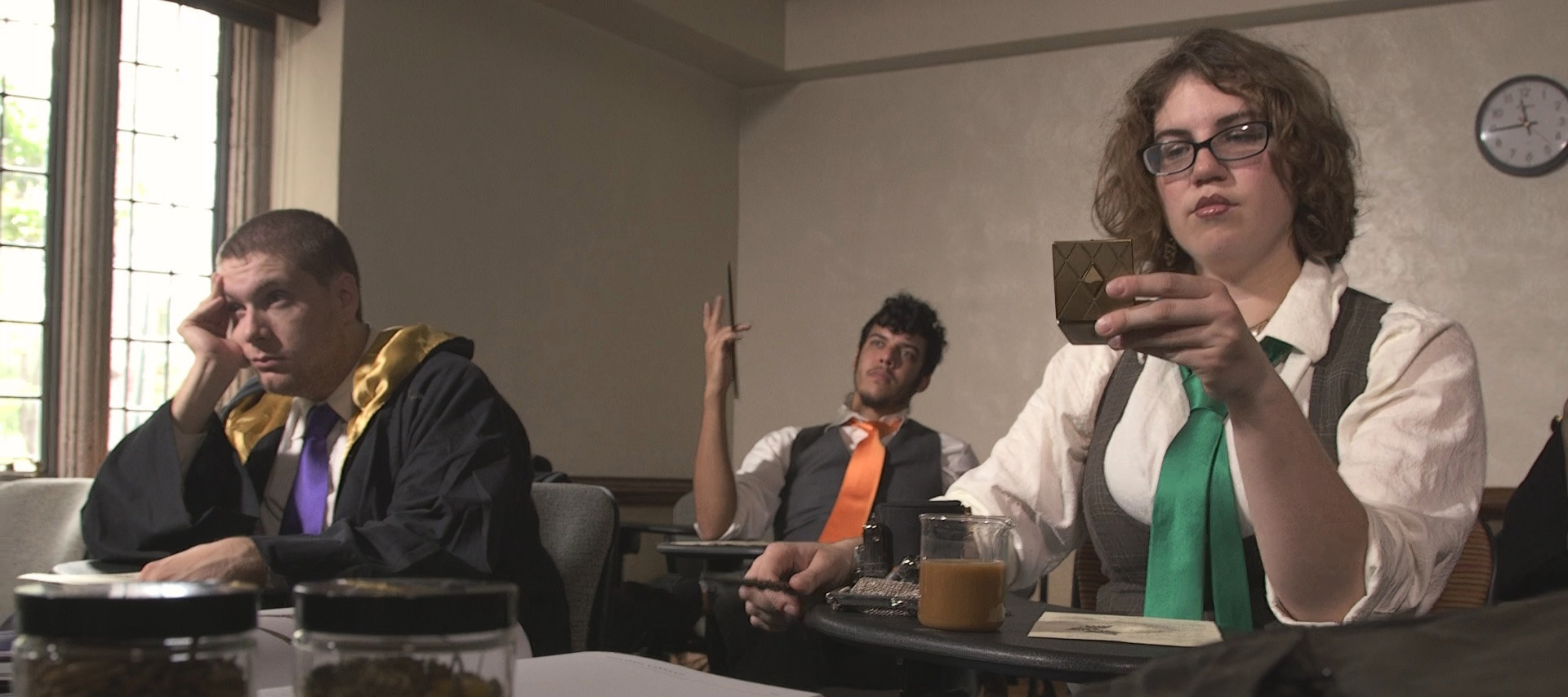
Creating Play in the Magical Classroom: Part 2
in
While the professor is the leader of the class, the professor is not putting on a one-person show for the entertainment of the students. The professor is a facilitator who is helping to promote interactivity, participation, collaboration, risk-taking, and play.
-

Creating Play in the Magical Classroom: Part 1
in
Playing a professor is great fun. You have the perfect excuse to play an over-the-top character and the classroom setting offers an entertaining combination of performance, run-time game mastering, and attentive, game-creating play.
-

Workshop Practice, in Practice – A Functional Workshop Structure Method
in
The pre-game workshop tradition in Nordic larp is mostly oral, with little written material. People take part in workshops as players, then borrow and develop ideas from those experiences to construct workshops for their own larps. So I thought it might be useful to put together a method which looks at some of the different…
-
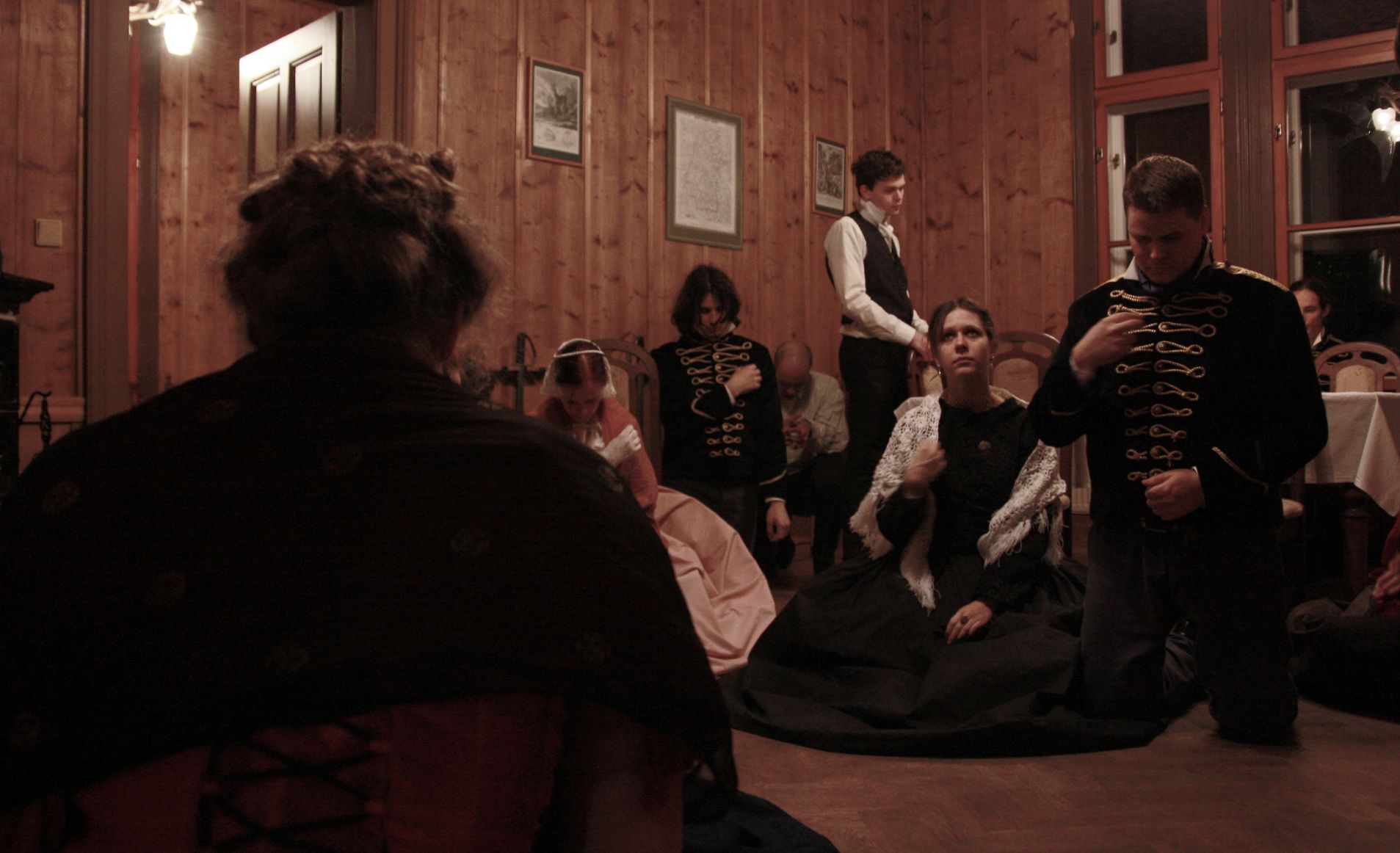
Russian Roulette in Practice
in
This article describes the selection process used for high-resolution dramatic larp called Skoro Rassvet [Breaking Dawn] >(2012, 15 players). Its advantages and disadvantages are discussed. Knowing that we could take the risk because the number of potential candidates exceeded the number of offered roles several times over, we decided to perform an experiment and select…
-
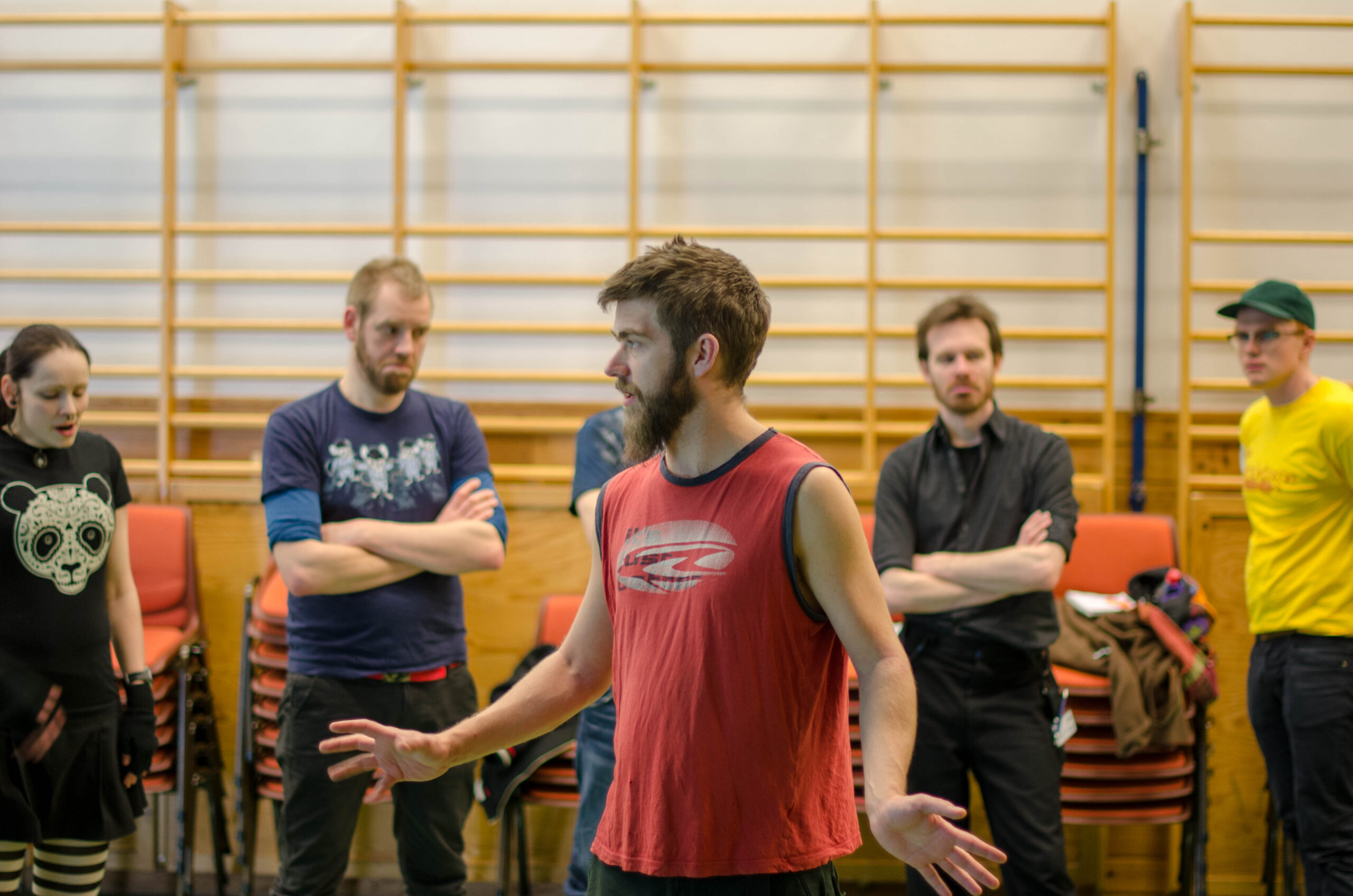
Culture Calibration in Pre-larp Workshops
in
With a few exceptions, all larps take place in a set culture. This can be either a fictional culture or a culture based on the real world. For the previous larps where I have been part of the organizer team, we have made an effort to define the culture together with the players through a…
-
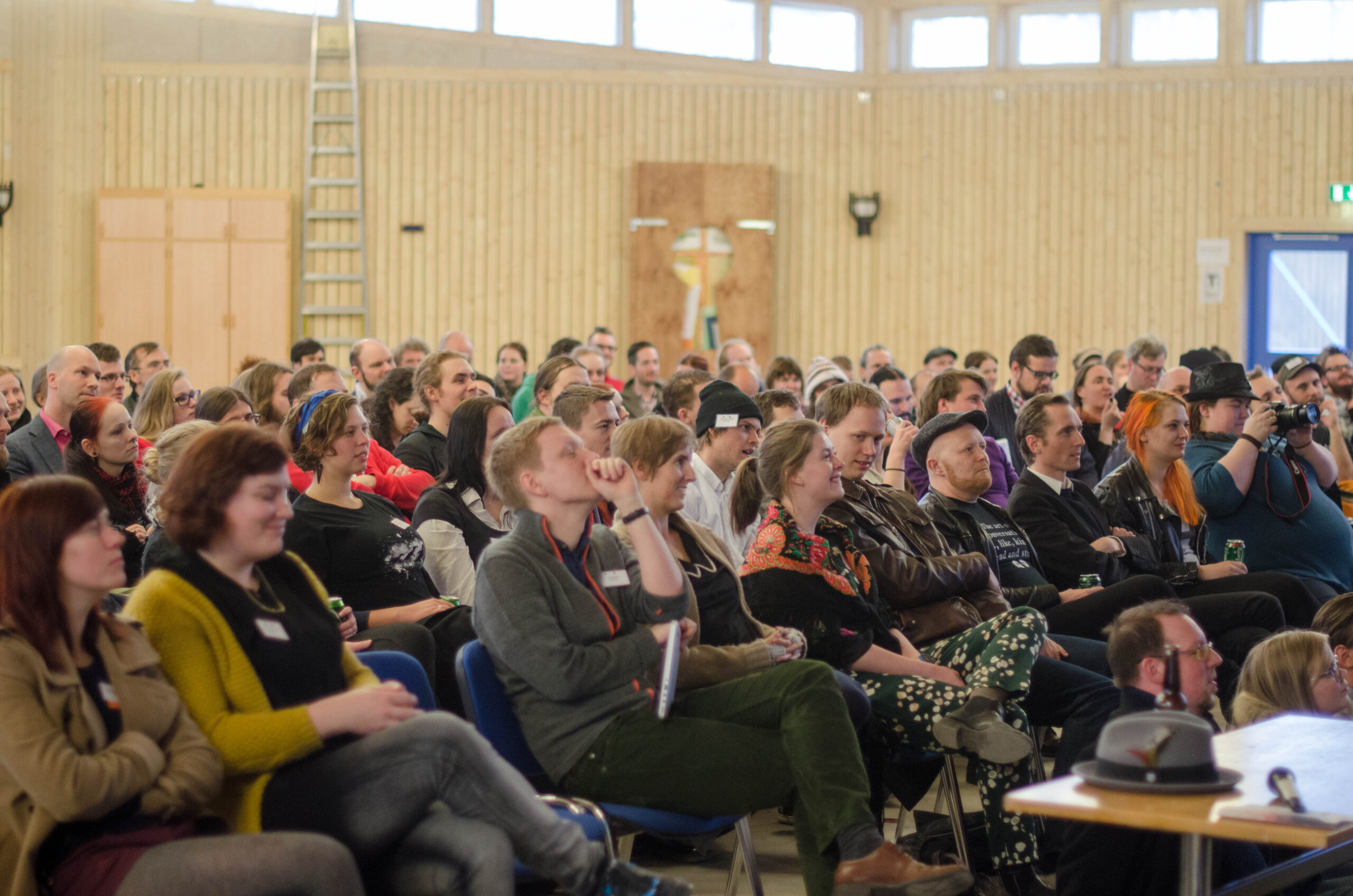
Larp Design: Theory and Practice
In this great talk at Knutpunkt 2014, larpwright Eirik Fatland give a very good breadown of larp design. Why do people do the stuff they do at larps, and how can you make them do other, more interesting, things? Characters! Relationships! Dramaturgy! A primer on what we think we know about larp design. The lecturer